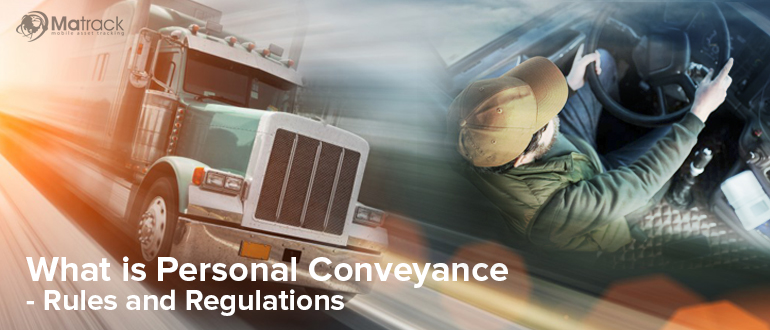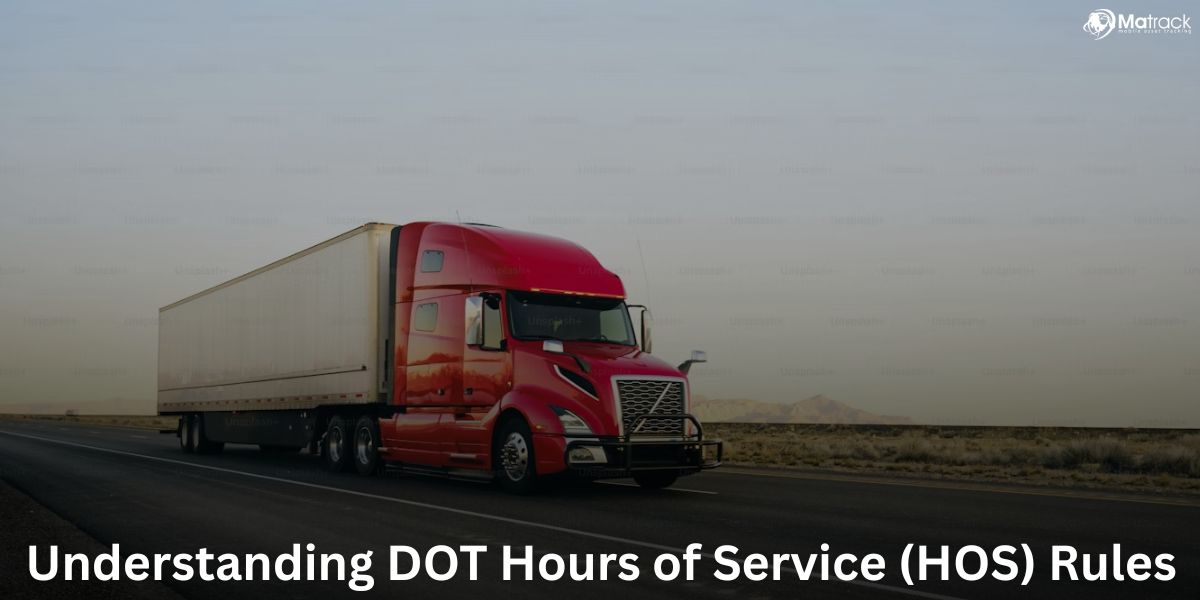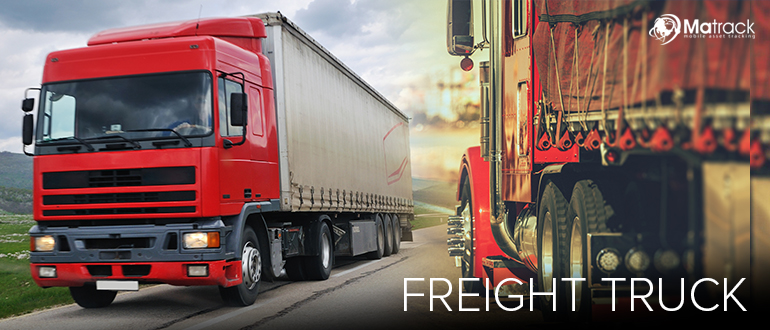Key Takeaways:
- Personal conveyance allows drivers to use a CMV for personal reasons during off-duty hours, provided it does not involve work tasks or benefit the employer.
- FMCSA sets rules for personal conveyance, including off-duty use, accurate logging, and ensuring the vehicle is empty or unladen.
- Common uses include commuting, running errands, parking safely, or recreational trips, but tasks like refueling or repositioning for work are not allowed.
What is Personal Conveyance?
Personal conveyance means using a commercial motor vehicle (CMV) for personal reasons when you are off duty. It cannot include work tasks like hauling freight or anything that helps your employer.
This could include activities such as driving to a restaurant, visiting a friend, or returning home after completing a job assignment.
When Can You Use Personal Conveyance?
You can use personal conveyance when you are off duty and the trip is for personal reasons, not related to work or benefiting your employer. Here are everyday situations where it is allowed:
- Commuting: Driving to a hotel, home, or rest location after work.
- Running Errands: Using the vehicle for personal tasks like shopping or eating out.
- Parking Safely: Moving the vehicle to a secure location if asked to leave a dock or unsafe area.
- Recreation: Driving to visit friends or attend a personal event during off-duty.
- Empty Vehicle Travel: Driving an unladen vehicle home or to a rest spot after dropping off a load.
Personal conveyance rules and regulations
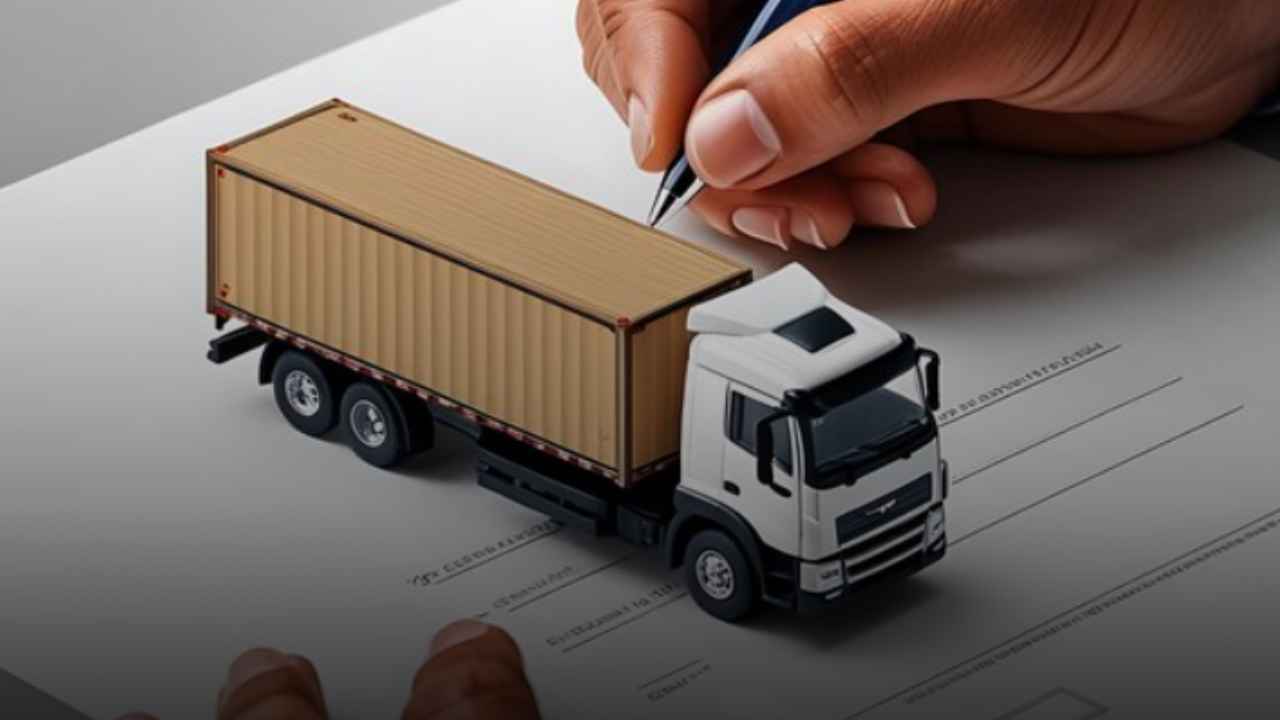
Personal conveyance has specific rules set by the FMCSA to ensure it is appropriately used. Here are the key regulations explained:
Off-Duty Time Only
You can only use personal conveyance when you are off duty. It cannot be combined with work-related driving.
No Business Benefit
The trip must not help your employer or involve any work-related tasks, like moving the vehicle for the company.
Empty Vehicle
The CMV must be empty, meaning no freight or work-related equipment. Pulling an empty trailer is allowed if your carrier permits it.
Accurate Logging
You must record personal conveyance in your electronic logging device (ELD) or logbook. Include the start time, end time, and reason for the trip.
Reasonable Use
The trip should make sense for personal use and not be too far or unrelated. Misuse can lead to violations.
Carrier Policies
Your employer may have stricter rules for personal conveyance than the FMCSA. Always follow both company and federal rules.
HOS Compliance
Using personal conveyance doesn’t reset or extend your driving hours. It cannot be used to avoid required rest breaks.
No Mileage Limits (FMCSA)
The FMCSA does not limit how far you can drive, but your carrier might. Check your company’s policy for any distance restrictions.
Examples of Personal Conveyance
Qualifying Situations
- Commuting: Driving the truck to a hotel or home after your shift.
- Errands: Using the car to run personal errands like grocery shopping.
- Leisure Activities: Driving to a restaurant, park, or a social event while off duty.
- Parking: Moving the vehicle to a safe spot if asked to leave a loading dock or unsafe area.
Non-Qualifying Situations
- Driving to a Job Site: Traveling to a work-related location is prohibited.
- Hauling Freight: The truck must be empty. Transporting goods or trailers makes the trip work-related.
- Business Tasks: Activities like fueling, repairs, or moving the vehicle for company needs are not a personal conveyance.
Consequences of Misuse
Misusing personal conveyance can lead to serious consequences, including:
HOS Violations
Logging personal conveyance incorrectly can result in hours-of-service violations and penalties.
Fines and Citations
Drivers can be fined if law enforcement finds that personal conveyance rules were not followed.
Carrier Liability
Carriers can face compliance audits or legal issues if drivers misuse personal conveyance under their policies.
Read more: DOT Hours of Service (HOS) Rules
Benefits of Proper Personal Conveyance Use
Personal conveyance, when used correctly, has several important benefits:
Flexibility
Drivers can handle personal tasks during off-duty hours without interrupting their work schedules. This makes it easier to manage individual responsibilities while staying on track with work.
Safety
It helps drivers move their vehicles to safe parking areas when needed, like leaving a loading dock or an unsafe spot. This ensures both the driver and the car are in a secure location.
Work-Life Balance
Personal conveyance allows drivers to address individual needs, helping them balance work and personal life. This reduces stress and supports overall well-being.
Best Practices for Drivers and Carriers
To avoid confusion and stay compliant with personal conveyance rules, drivers and carriers should follow these best practices:
For Drivers:
- Understand the Rules: Learn FMCSA regulations and your carrier’s policies on personal conveyance.
- Log Accurately: Record personal conveyance time in your ELD or logbook with clear descriptions.
- Communicate with Carriers: Ask your employer if you have questions about what is allowed.
- Be Reasonable: Use personal conveyance only for valid purposes, not for questionable or work-related activities.
For Carriers:
- Develop Clear Policies: Create clear rules about personal conveyance, including distance limits and approved uses.
- Provide Training: Teach drivers how to use personal conveyance properly and why accurate logging is important.
- Monitor Usage: Use ELD and telematics data to keep track of personal conveyance and ensure compliance.
- Audit Logs Regularly: Check driver logs to catch and address any misuse or errors.
Also see: ELD Violations and Fines
Matrack’s ELD Solution for You Personal Conveyance Records
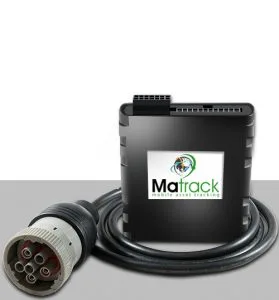
Matrack’s ELD solution offers an easy way to track personal conveyance records. The device is simple to install and helps drivers log hours accurately to meet FMCSA compliance requirements.
The Fleet Manager Dashboard streamlines tracking by generating HOS logs, IFTA reports, and mileage records with a single click. Real-time alerts help drivers stay within limits and avoid violations.
Matrack provides a free ELD device with no contracts, making it a cost-effective choice. With a lifetime warranty and 99.99 % uptime, it ensures reliable tracking and smooth operations for your fleet.
FMCSA Personal Conveyance FAQs
How does personal conveyance work?
Personal conveyance works by allowing drivers to use their commercial motor vehicle (CMV) for personal travel during off-duty hours without violating hours-of-service (HOS) regulations.
Drivers must log these trips accurately as off-duty and ensure the vehicle is not being used for work-related tasks, such as transporting freight or repositioning for a load.
Can I use PC to go home?
Yes, you can use personal conveyance to go home if the trip is for personal reasons only. The vehicle must be empty, and no work-related duties can be involved.
Can I use personal conveyance after 14 hours?
Yes, personal conveyance is allowed after the 14-hour limit because it is considered off-duty time. However, it cannot be used to extend driving hours or avoid hours-of-service rules.
What is the personal conveyance mileage limit?
The FMCSA does not impose a specific mileage limit for personal conveyance. However, carriers may set their own limits, and all trips must be for personal, non-work-related use.
Does PC count as off duty?
Yes, personal conveyance is considered off-duty time. It is unrelated to work and does not count toward driving or on-duty hours.
Does personal conveyance interrupt sleeper berths?
No, personal conveyance does not interrupt sleeper berth time. Drivers need to log it separately and ensure they meet the required hours in the sleeper berth.
How Far Can You Drive on Personal Conveyance?
The FMCSA does not set a specific distance limit for personal conveyance. The trip must be reasonable, personal, and not work-related, though carriers may set their own distance restrictions.
Can you use personal conveyance with an empty trailer?
Yes, personal conveyance is allowed with an empty trailer if the trip is for personal reasons. For example, returning home with an empty trailer after delivering a load is permitted, provided the trip is unrelated to work.
Is PC allowed in Canada?
Yes, personal conveyance is allowed in Canada, but it is limited to 75 kilometers (about 46 miles) per day. The vehicle must be empty, trailers unhitched, and the distance logged to comply with Canadian regulations.
Can personal conveyance be used to reposition a vehicle?
No, personal conveyance cannot be used to reposition a vehicle for business purposes. Moving the vehicle for a new load or any activity benefiting the employer must be logged as on-duty driving.
Is refueling allowed during personal conveyance?
No, refueling is not allowed during personal conveyance if it is for business purposes. Refueling is considered a work-related activity and must be logged as on-duty time.
